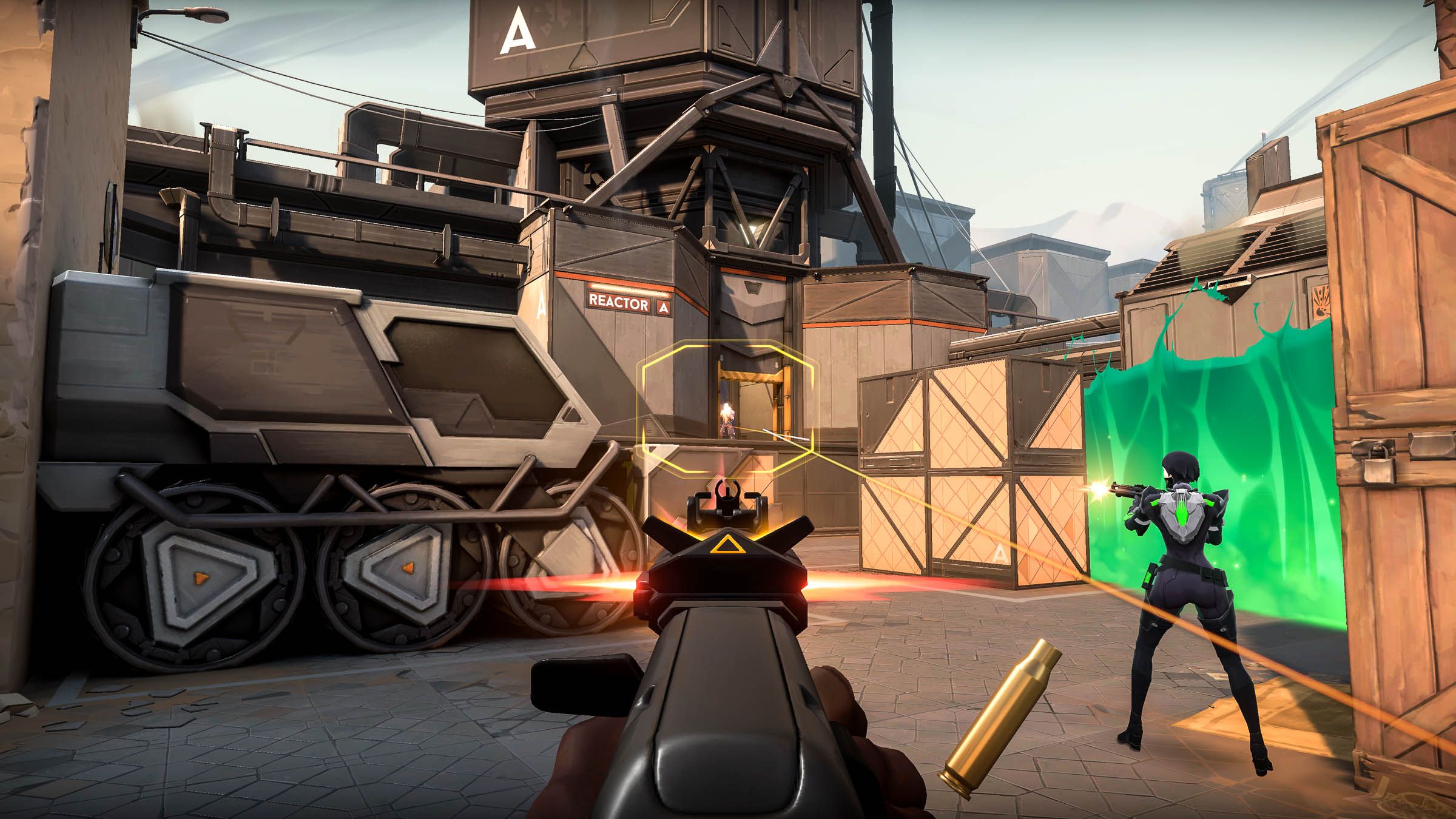

Multiple enemies attacking simultaneously close to one another can be parried at once, but only one of them can be riposted. The Berenike Knights are the only exception to this rule. Almost every enemy that can be parried can also be riposted. Most enemies that can be backstabbed can also be parried. Weapons and shields that parry quickly have the advantage of allowing the player to recover from a failed parry more quickly, but weapons and shields that have a longer parry animation have a larger window of time in which their parries can be successful. Certain weapons, such as Thrusting Swords and Curved Swords, have a very fast parrying speed (thus, requiring more precision from the player), standard shields have a normal parrying speed, and certain specialized weapons and shields (such as the Parrying Dagger and the Target Shield) have a longer parrying animation. There are three different speeds of parrying: fast, normal, and special (long). Parrying most often succeeds when the player is standing very close to his or her opponent, and on relatively even ground. Rarely, it is possible to both do a successful parry and still take damage. Unlike full parries, partial parries can be used against almost any attack encountered in the game.

This type of parrying is often known as "partial parrying". A parry that is executed too early or too late will grant the player some super armor, as well as some damage reduction from the attack that the player attempted to parry, but will not cause the opponent to be stunned or vulnerable to riposting. Parrying does not always succeed, and requires precise timing. Immediately after, the player can perform a light attack to execute a riposte.

Enemies are momentarily stunned after this. As the enemy attacks, players may parry with their left-handed weapon or shield (the left-handed strong attack), deflecting their attack, and thus executing the parry. Players may perform a parry and riposte by first positioning themselves directly in front of a parryable enemy.


 0 kommentar(er)
0 kommentar(er)
